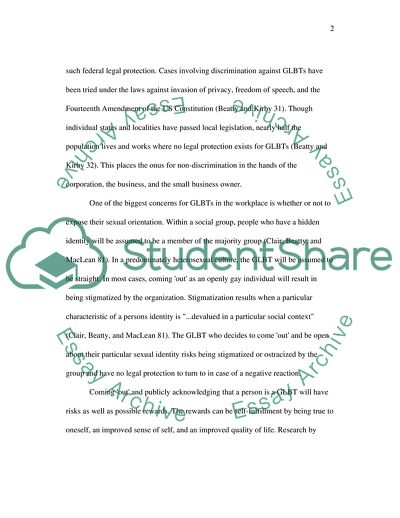Cite this document
(Gay and Lesbian Issues - War in the Workplace Assignment, n.d.)
Gay and Lesbian Issues - War in the Workplace Assignment. https://studentshare.org/gender-sexual-studies/1707905-gay-and-lesbian-issues
Gay and Lesbian Issues - War in the Workplace Assignment. https://studentshare.org/gender-sexual-studies/1707905-gay-and-lesbian-issues
(Gay and Lesbian Issues - War in the Workplace Assignment)
Gay and Lesbian Issues - War in the Workplace Assignment. https://studentshare.org/gender-sexual-studies/1707905-gay-and-lesbian-issues.
Gay and Lesbian Issues - War in the Workplace Assignment. https://studentshare.org/gender-sexual-studies/1707905-gay-and-lesbian-issues.
“Gay and Lesbian Issues - War in the Workplace Assignment”. https://studentshare.org/gender-sexual-studies/1707905-gay-and-lesbian-issues.


